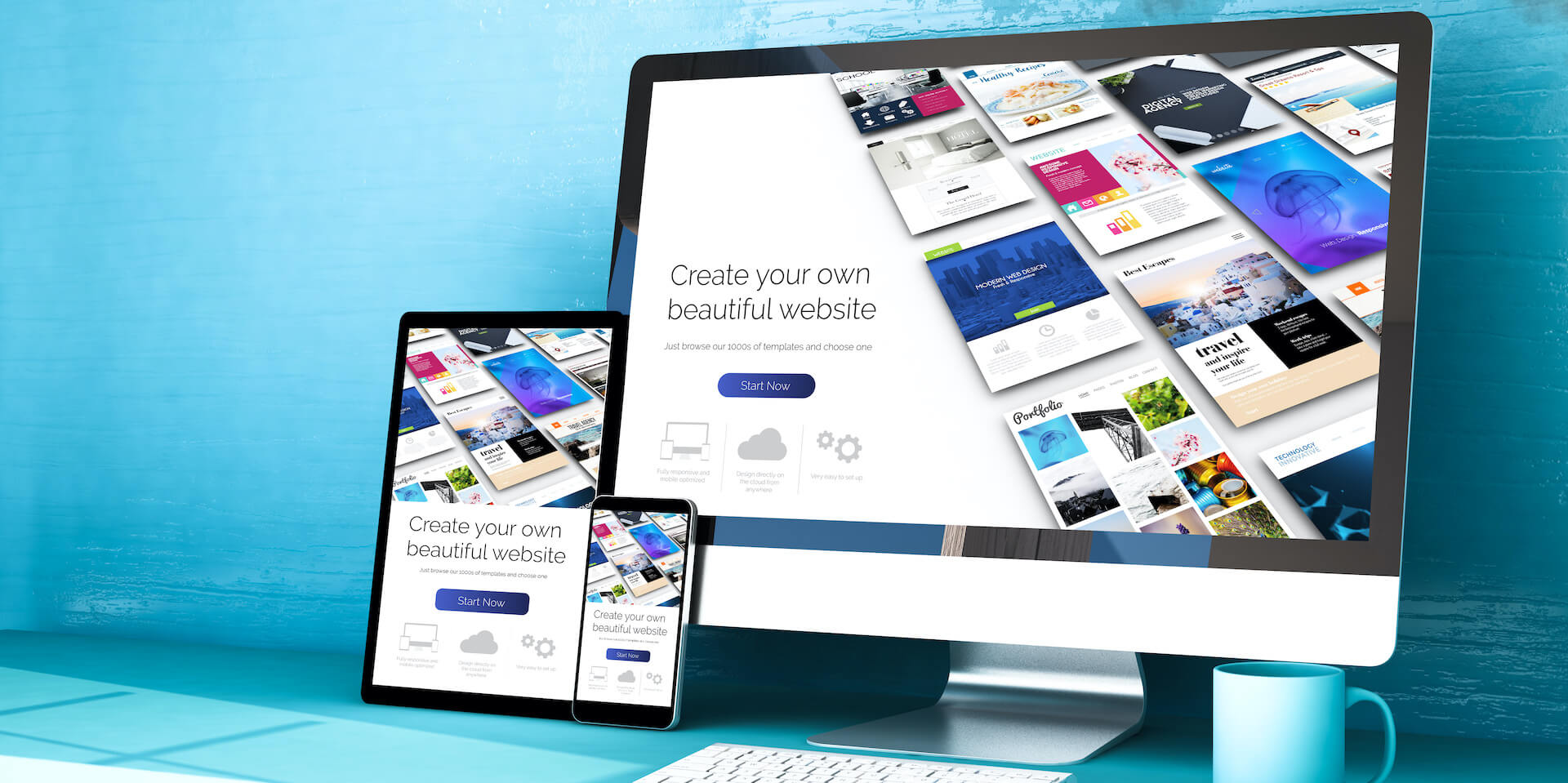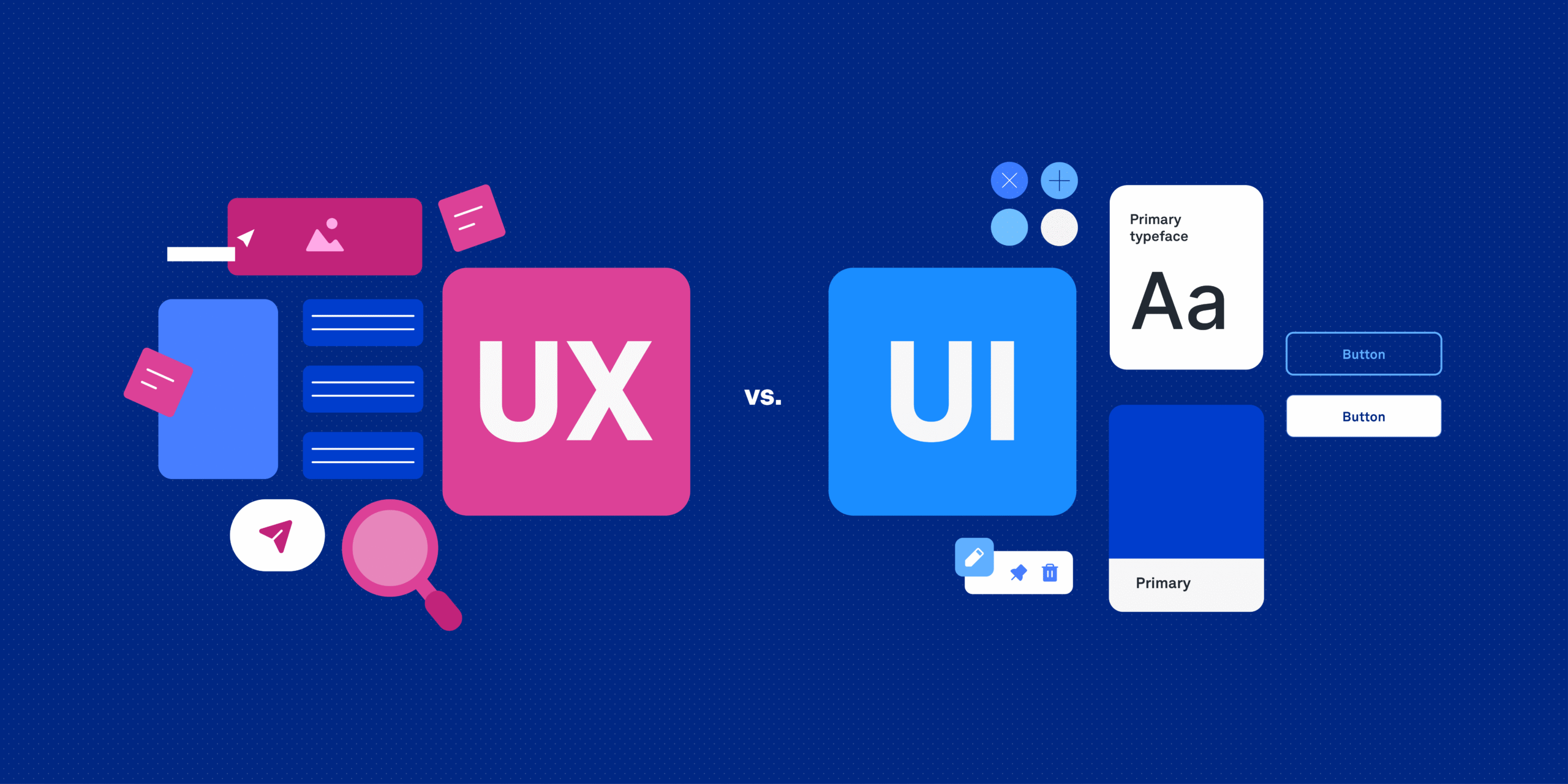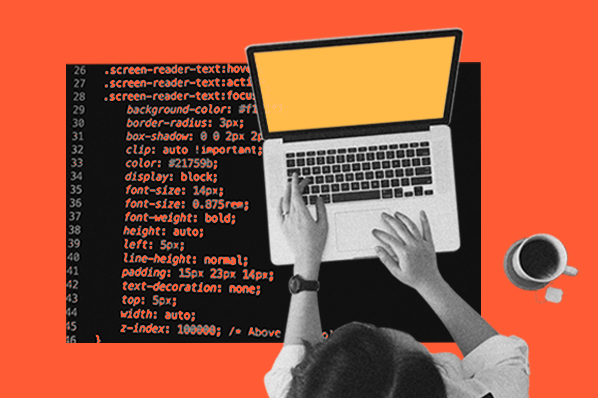What Is Custom Website Design?
Before the pandemic, many business owners were already realizing the importance of a well-structured digital presence. A simple website no longer met the rising expectations of today’s users. While custom website design is a strong option, it’s not the only one. The choice depends on your business needs.
Retailers shifting from in-store to online shopping need functional, easy-to-manage e-commerce websites. Restaurants focusing on takeout require clear menus and efficient online ordering. Others may need to add tools like video conferencing. Custom web design can support all of these features.
Custom Design Isn’t the Only Route
From agencies and freelancers to DIY builders, the web design market offers many choices. However, not all options provide the flexibility or results a business needs. Budget-conscious business owners often choose template-based or drag-and-drop solutions. But the differences between those and custom builds may only become clear over time—usually when limitations begin to show.
Limited Functionality vs. Tailored Features
DIY platforms like Wix and Squarespace include popular features but can fall short when unique needs arise. Custom websites are built without these constraints. Developers can craft exactly what your business requires—whether it’s a specific layout or specialized plugin. This level of personalization especially benefits e-commerce, where even simple stores come with unexpected needs.
Generic Templates vs. Unique Design
Design goes beyond placing a logo on a theme. Custom websites are built to align with your business goals and brand identity. While templates may reduce costs, they often lack originality. Businesses serious about standing out should aim for a unique, professionally crafted look that reinforces their message and values.
Platform Lock-In vs. Flexibility
DIY platforms often lock users into their systems, limiting future migration or customization. Custom websites built with open-source platforms offer more freedom—letting you choose your host, update your design, or switch platforms as your business evolves.
Expert Strategy and Guidance
A website isn’t just a collection of pages—it needs strategic planning, both visually and functionally. Many small businesses lack in-house expertise. Hiring professionals brings experience and strategic insight that can prevent costly mistakes and inefficiencies down the road.
Long-Term Collaboration
Custom web design often leads to lasting professional relationships. At PixoLabo, many clients become long-term partners. Ongoing support, personalized advice, and a shared interest in your success aren’t just add-ons—they’re built into the experience. Clients aren’t just transactions; they’re collaborators.
Real Business Value
Building a custom website is an investment that grows with your business. While budget limitations are real, cutting corners can often result in higher costs later. Most businesses don’t have the time or technical skills to build something effective themselves. DIY approaches may save upfront costs but can delay growth and reduce long-term impact.
Final Thoughts
While there are many web design options available, custom website design remains one of the most reliable ways to build a strong, flexible, and future-proof online presence. DIY platforms can work in some cases, but they often reach their limits faster than expected.
Start with a custom design if you’re serious about your digital strategy. It might cost more upfront, but it will save time, stress, and money over the long term.
If your business needs a better website, feel free to reach out with any questions.





